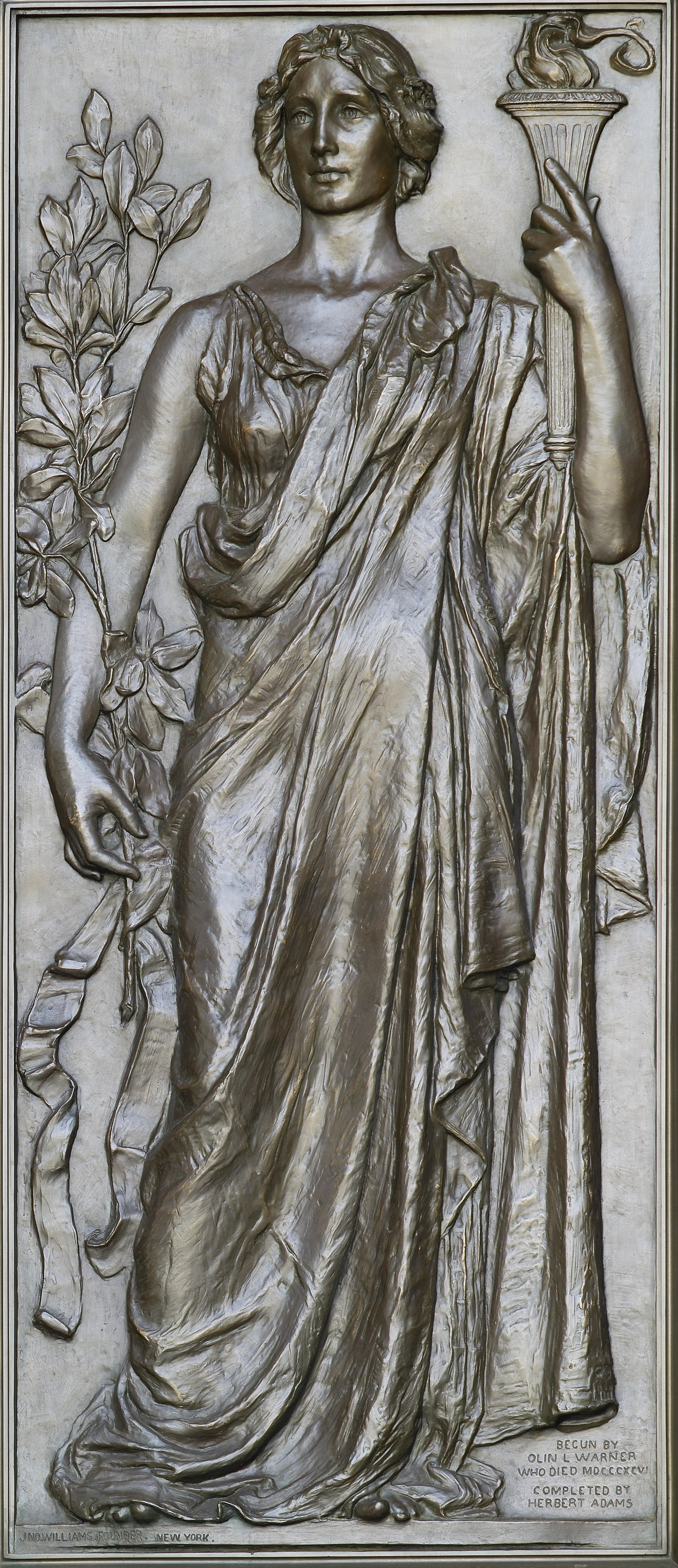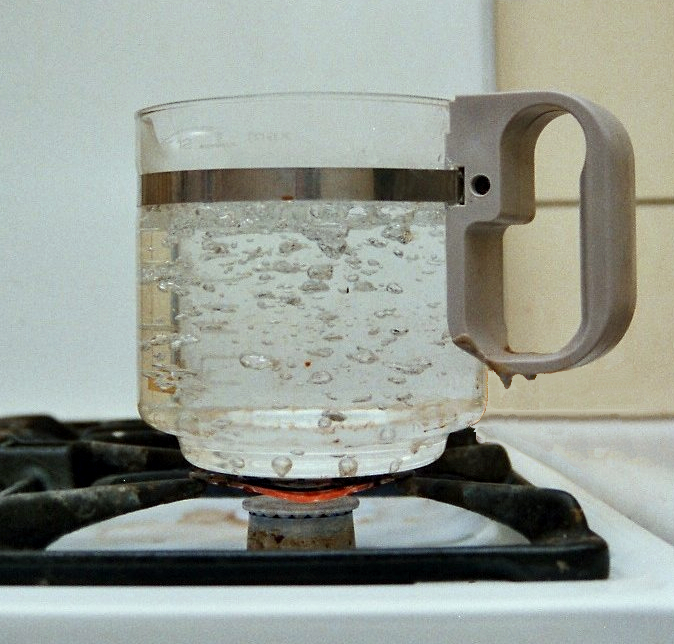|
Castrol Technology Centre
The Castrol Technology Centre is a research institute owned by BP in South Oxfordshire, north of Whitchurch-on-Thames. History Castrol Castrol was founded by C.C.Wakefield in 1899, making lubricants (Wakefield lubricator) for railways. The research site is based at Bozedown House, a former private residence originally built by William Fanning c.1870 and then rebuilt by Charles Palmer in 1907 after the original house was destroyed by fire. It became a chemical research site in the 1950s and was purchased by Castrol in 1976. In 1993 it won the Queen's Award for Technological Achievement for its Castrol Marine Cyltech 80. Castrol employs around 7,000 staff worldwide. Castrol was bought by BP in 2000. Structure The site is around three-quarters of a mile north of the River Thames, east of the B471, accessed from the A4074 at Woodcote. The site has around 500 staff. Function Castrol has twelve research sites around the world. The site at Pangbourne is the largest of the twelve ... [...More Info...] [...Related Items...] OR: [Wikipedia] [Google] [Baidu] |
Whitchurch Hill
Whitchurch Hill is a village in the Chiltern Hills in Oxfordshire, about northwest of Reading, Berkshire, near Whitchurch-on-Thames. The Church of England parish church A parish church in the Church of England is the church which acts as the religious centre for the people within each Church of England parish (the smallest and most basic Church of England administrative unit; since the 19th century sometimes ca ... of Saint John the Baptist was designed by the architect Francis Bacon (1842–1930) and built in 1883. Whitchuch Hill has a public house, the Sun Inn. References Sources * {{authority control Villages in Oxfordshire ... [...More Info...] [...Related Items...] OR: [Wikipedia] [Google] [Baidu] |
Esso Research Centre
The Esso Research Centre was a research centre in Oxfordshire. History The site was Esso's main European technical centre for fuels and lubricants. The site was extended in 1957. Operations ceased in the early 2000s. Structure The site had the staff of Esso Research, with around 500 scientists and engineers. Function It conducted research into chemistry. Location It was situated on the western side of the A4130 (the original A34 trunk route) on Milton Hill, above Steventon, Oxfordshire Steventon is a village and civil parish in Oxfordshire, England, about south of Abingdon and a similar distance west of Didcot. It was part of Berkshire until the 1974 boundary changes transferred it to Oxfordshire. The 2011 Census recorded .... On disposal the site was split in two, between the headquarters of Infineum and the Milton Hill Business and Technology Centre. By 2018 the site had been cleared. External links Photos of pump/water tower i2018an2013 References {{authority ... [...More Info...] [...Related Items...] OR: [Wikipedia] [Google] [Baidu] |
Research Institutes In Oxfordshire
Research is "creative and systematic work undertaken to increase the stock of knowledge". It involves the collection, organization and analysis of evidence to increase understanding of a topic, characterized by a particular attentiveness to controlling sources of bias and error. These activities are characterized by accounting and controlling for biases. A research project may be an expansion on past work in the field. To test the validity of instruments, procedures, or experiments, research may replicate elements of prior projects or the project as a whole. The primary purposes of basic research (as opposed to applied research) are documentation, discovery, interpretation, and the research and development (R&D) of methods and systems for the advancement of human knowledge. Approaches to research depend on epistemologies, which vary considerably both within and between humanities and sciences. There are several forms of research: scientific, humanities, artistic, economic ... [...More Info...] [...Related Items...] OR: [Wikipedia] [Google] [Baidu] |
Motor Oils
Motor oil, engine oil, or engine lubricant is any one of various substances used for the lubrication of internal combustion engines. They typically consist of base oils enhanced with various additives, particularly antiwear additives, detergents, dispersants, and, for multi-grade oils, viscosity index improvers. The main function of motor oil is to reduce friction and wear on moving parts and to clean the engine from sludge (one of the functions of dispersants) and varnish (detergents). It also neutralizes acids that originate from fuel and from oxidation of the lubricant (detergents), improves sealing of piston rings, and cools the engine by carrying heat away from moving parts. In addition to the aforementioned basic constituents, almost all lubricating oils contain corrosion and oxidation inhibitors. Motor oil may be composed of only a lubricant base stock in the case of non-detergent oil, or a lubricant base stock plus additives to improve the oil's detergency, extreme pre ... [...More Info...] [...Related Items...] OR: [Wikipedia] [Google] [Baidu] |
Chemical Research Institutes
A chemical substance is a form of matter having constant chemical composition and characteristic properties. Some references add that chemical substance cannot be separated into its constituent elements by physical separation methods, i.e., without breaking chemical bonds. Chemical substances can be simple substances (substances consisting of a single chemical element), chemical compounds, or alloys. Chemical substances are often called 'pure' to set them apart from mixtures. A common example of a chemical substance is pure water; it has the same properties and the same ratio of hydrogen to oxygen whether it is isolated from a river or made in a laboratory. Other chemical substances commonly encountered in pure form are diamond (carbon), gold, table salt (sodium chloride) and refined sugar (sucrose). However, in practice, no substance is entirely pure, and chemical purity is specified according to the intended use of the chemical. Chemical substances exist as solids, liquids ... [...More Info...] [...Related Items...] OR: [Wikipedia] [Google] [Baidu] |
Shell Technology Centre
The Shell Technology Centre was a chemical and oil products research institute in northern Cheshire, near Stanlow, owned by Anglo-Dutch Shell. History World War II The site was first set up by Shell for the Ministry of Aircraft Production as the Aero Engine Research Laboratory. Vehicle engineering It returned to Shell ownership in April 1947. The site had 70 scientists, and around 250 technicians working on quartz combustion tubes, direct fuel injection, butane fuel and the atomisation of fuel. The neighbouring oil refinery opened in 1949, although a smaller plant had been there since 1924. In the 1950s it was one of three main Shell research sites in the UK, the others being in Kent and Buckinghamshire. In 1962, Shell spent £25m on research, with 19 worldwide research centres, 8 in Europe, and 11 in the US. By the early 1960s Shell also had its Central Laboratories in Surrey (which opened in 1956), the Tunstall Laboratory, and Chemical Enzymology Laboratory at Sittin ... [...More Info...] [...Related Items...] OR: [Wikipedia] [Google] [Baidu] |
Motor Oil
Motor oil, engine oil, or engine lubricant is any one of various substances used for the lubrication of internal combustion engines. They typically consist of base oils enhanced with various additives, particularly antiwear additives, detergents, dispersants, and, for multi-grade oils, viscosity index improvers. The main function of motor oil is to reduce friction and wear on moving parts and to clean the engine from sludge (one of the functions of dispersants) and varnish (detergents). It also neutralizes acids that originate from fuel and from oxidation of the lubricant (detergents), improves sealing of piston rings, and cools the engine by carrying heat away from moving parts. In addition to the aforementioned basic constituents, almost all lubricating oils contain corrosion and oxidation inhibitors. Motor oil may be composed of only a lubricant base stock in the case of non- detergent oil, or a lubricant base stock plus additives to improve the oil's detergency, ex ... [...More Info...] [...Related Items...] OR: [Wikipedia] [Google] [Baidu] |
South Oxfordshire
South Oxfordshire is a local government district in the ceremonial county of Oxfordshire, England. Its council is temporarily based outside the district at Abingdon-on-Thames pending a planned move to Didcot, the district's largest town. The areas located south of the River Thames are within the historic county of Berkshire. History The district was formed on 1 April 1974, under the Local Government Act 1972, covering the area of six former districts, which were abolished at the same time: * Bullingdon Rural District * Henley-on-Thames Municipal Borough * Henley Rural District * Thame Urban District * Wallingford Municipal Borough * Wallingford Rural District The two Wallingford districts had previously been part of the administrative county of Berkshire, whilst the other four districts had been in the administrative county of Oxfordshire. The new district was originally given the name "Wallingford District". The shadow authority elected in 1973 to oversee the transition req ... [...More Info...] [...Related Items...] OR: [Wikipedia] [Google] [Baidu] |
Viscosity
The viscosity of a fluid is a measure of its resistance to deformation at a given rate. For liquids, it corresponds to the informal concept of "thickness": for example, syrup has a higher viscosity than water. Viscosity quantifies the internal frictional force between adjacent layers of fluid that are in relative motion. For instance, when a viscous fluid is forced through a tube, it flows more quickly near the tube's axis than near its walls. Experiments show that some stress (such as a pressure difference between the two ends of the tube) is needed to sustain the flow. This is because a force is required to overcome the friction between the layers of the fluid which are in relative motion. For a tube with a constant rate of flow, the strength of the compensating force is proportional to the fluid's viscosity. In general, viscosity depends on a fluid's state, such as its temperature, pressure, and rate of deformation. However, the dependence on some of these properties ... [...More Info...] [...Related Items...] OR: [Wikipedia] [Google] [Baidu] |
Rheology
Rheology (; ) is the study of the flow of matter, primarily in a fluid (liquid or gas) state, but also as "soft solids" or solids under conditions in which they respond with plastic flow rather than deforming elastically in response to an applied force. Rheology is a branch of physics, and it is the science that deals with the deformation and flow of materials, both solids and liquids.W. R. Schowalter (1978) Mechanics of Non-Newtonian Fluids Pergamon The term '' rheology'' was coined by Eugene C. Bingham, a professor at Lafayette College, in 1920, from a suggestion by a colleague, Markus Reiner.The Deborah Number The term was inspired by the of |




